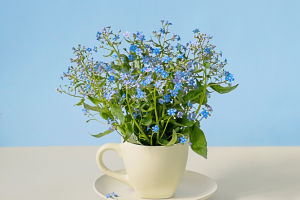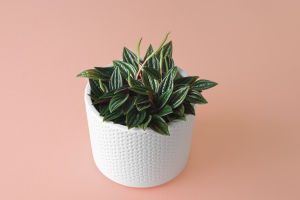Hey, Lykkers! Have you ever noticed the humble dandelion and wondered what secrets this cheerful little flower holds?
Let's dive into some fascinating facts about dandelions that might surprise you!
What is a Dandelion?
Dandelions are more than just common garden weeds; they're one of the most versatile and resilient plants in nature. You can spot their bright yellow blooms in fields, sidewalks, and lawns everywhere. Originally native to Eurasia, they've spread worldwide, making them some of the most recognizable flowers around.
A Nutrient Powerhouse
Did you know that dandelions are packed with nutrients? Their leaves, roots, and flowers are rich in vitamins A, C, K, and minerals like potassium, calcium, and iron. In fact, people have used dandelions for centuries as a source of food and for their potential health benefits. Dandelion greens, for example, are a delicious addition to salads, bringing a mildly bitter and earthy flavor that's packed with nutritional goodness.
The Perfect Pollinator Plant
Dandelions play a critical role in supporting pollinators like bees and butterflies. Their bright yellow flowers bloom early in spring when other flowers are scarce, making them an essential food source for bees. The flowers also produce pollen and nectar over long periods, ensuring that pollinators always have a snack. Isn't it fascinating that such a simple flower can support entire ecosystems?
Dandelions Through the Seasons
One unique trait of dandelions is their life cycle. When spring arrives, dandelions bloom in clusters, creating fields of vibrant yellow. But, by early summer, these blooms transform into puffy white seed heads that scatter in the breeze. Each seed head holds hundreds of seeds, carried by the wind to grow in new areas. This efficient way of spreading makes dandelions highly resilient and adaptable.
10 Incredible Facts About Dandelions You Didn’t Know! 🌼
Video by Fact Frenzy
Dandelions in Everyday Life
Throughout history, dandelions have been used for various practical purposes beyond just food. Their roots are sometimes dried and used as a coffee substitute, with a roasted flavor that's rich and earthy. The plant's milky white sap was even once used as a natural rubber substitute during shortages. These adaptations show just how many roles dandelions can play in our daily lives.
Nature's Clever Design
A close look at a dandelion reveals just how well designed this plant is. Each part, from the taproot that digs deep into the soil for nutrients to the seed head that catches the wind, serves a purpose. Its leaves grow low to the ground, shielding other plants from sunlight and reducing competition. This resilience has allowed dandelions to thrive in almost any environment, making them one of the most successful wildflowers around.
Dandelion Superstitions and Traditions
Dandelions have long been associated with wishes and dreams. Who among us hasn't blown on a fluffy dandelion puff to send our wishes flying? These superstitions have been passed down for generations, giving dandelions a special place in our memories and imaginations.
The next time we spot a dandelion, let's take a moment to appreciate its many wonders. From its nutritional benefits to its role in supporting pollinators, this flower has more value than meets the eye. Dandelions are a reminder of nature's resilience and versatility, thriving wherever they grow.


